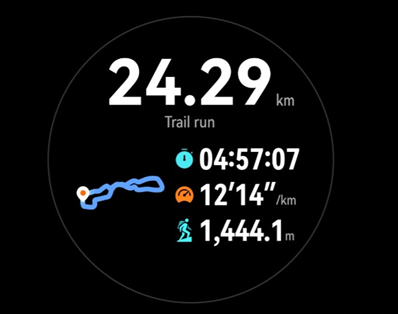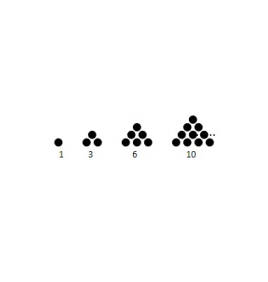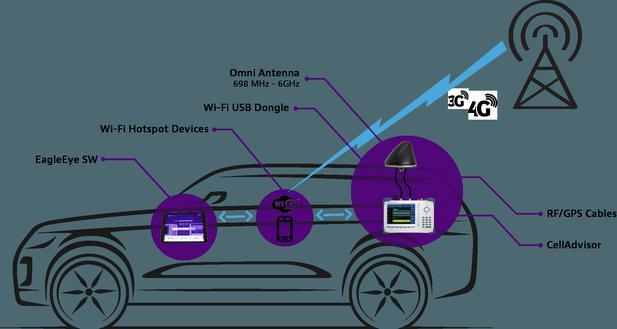Program design introduction
Content Introduction
Program Design Introduction Around the familiar example introduces the syntax knowledge of the program, analyzes the program algorithm, and simplifies grammar learning program and algorithm description Method, thereby reducing learning difficulty.
"Program Design" adopts "task-driven" teaching method, emphasizes the brain, hands-on, emphasizes "in doing middle school, in doing the middle meeting" put training programming ideas in the main status, strengthen good programming habits nourish.
"program design introduction" is a teaching link for classroom teaching, will explain knowledge, training skills, and improve capacity organic combination. Each chapter includes a complete teaching link: this chapter teaches navigation → instance analysis → knowledge explanation → Classroom synchronization practice → extracurricular development practice → exercise. Each chapter is carefully set up: program design demonstration → Classroom synchronization practice → extracurricular development practice → unit independence practice, through four practical links, let students learn to apply knowledge in the process of repeated hands-on practice Practical problems.
"program design introduction" adaptation, can be used as a textbook for the design of the computer professional program design, or as a textbook for the design of non-computer professional procedures.
directory
Chapter 1 Programming Preparation
L.1 This chapter teaching navigation
1.2 instance analysis
1.3 knowledge explanation
1.3.1 Mini computer Working principle
1.3.2 Computer language
1.3.3 programming environment
1.3 .4visualstudio.net starts with exit
1.3.5Visualstudio.NET Environment:
1.3.6 Experience VisualStudio.NET Integrated Development Environment
1.4 Classroom Synchronous Practice
1.5 Extrabudition Practice
Exercise
Chapter 2 Design Method and Algorithm
2.1 This chapter teaches navigation
2.2 instance analysis
2.3 knowledge explanation
2.3.1 Basic Step
2.3.2 Process Performance / PP>
2.3.4 Algorithm Description method
2.3.5 logic code
2.4 classroom synchronization practices < / P>
exercises
unit practice
II, task description
II, problems in the training process and their solutions
Chapter 3 syntax elements and data type
3.1 This chapter teaches navigation
3.2 instance analysis
3.3 knowledge explanation
3.3.1 Computer language keyword
3.3.2 computer language The identifier
3.3.3 Computer language data type
3.3.4 Data type conversion
3.4 Classroom Synchronous Practice
3.5 Extracurricular Tourism Practice
Exercise
Chapter 4 Data Input and Output
4.1 This chapter teaching Navigation
4.2 instance analysis /> (P>
4.3.1 data input
4.4 Classroom Synchronization Practice
4.4 Classroom Synchronization Practice
4.5 Extracurricular Development Practice
Exercise
Unit Practice 2 Data Type and Data Enter, Output
1. Training Applications
2 , Task description
three, task implementation
four, problems in the training process and its solutions
Chapter 5 variable and data storage
5.1 This chapter teaching navigation
5.2 instance Analysis
5.3 Explain
5.3.1 Data in the computer
5.3.2 Memory
5.3.3 variable
5.3.4 constant
5.3.5 enumeration
5.4 classroom synchronization practice
5.5 extrap practice
< P> exerciseChapter 6 number and structure
Chapter 7 Operator and Expression
Chapter 8 Modular Program Design
< P> Chapter 9 Process ControlChapter 10 Model Algorithm and Programming
Reference
...
Latest: Super Media Technology
Next: Cangnan four seasons








